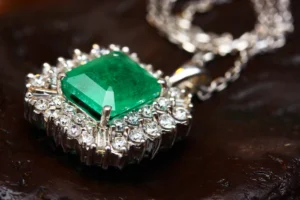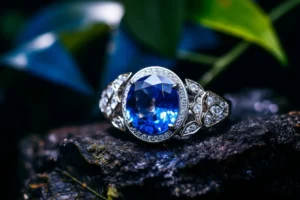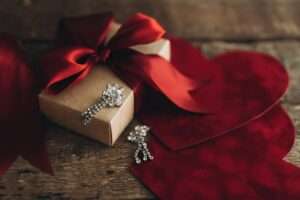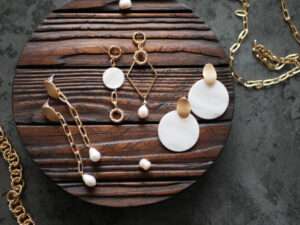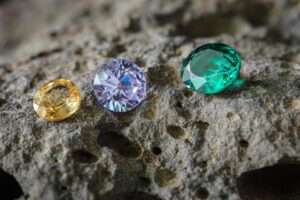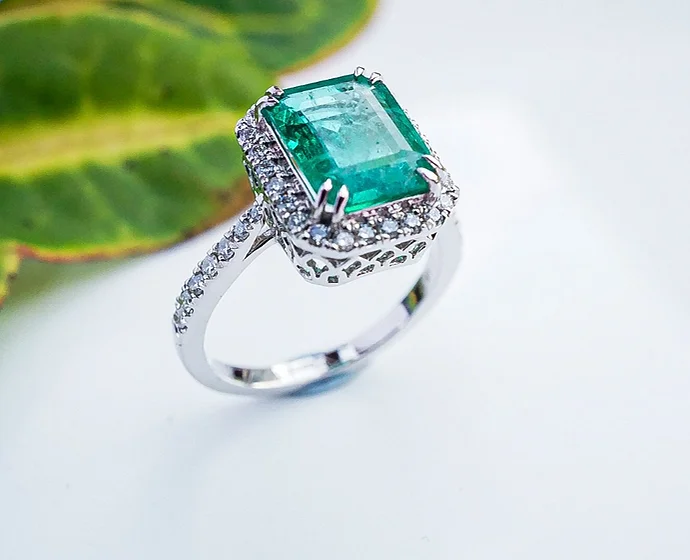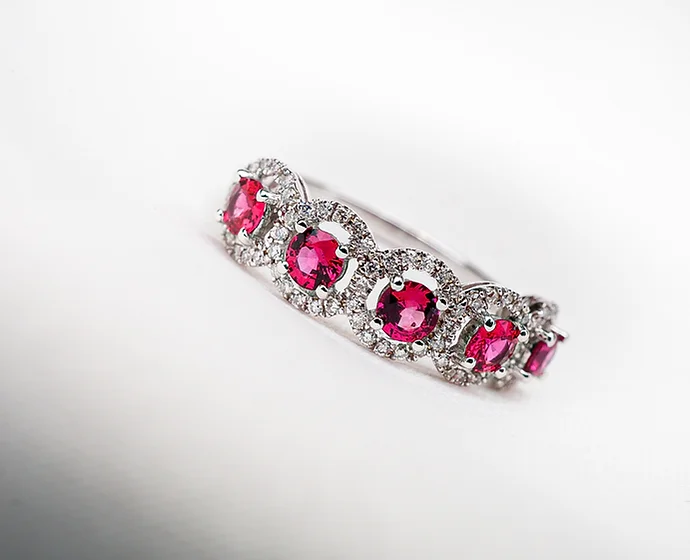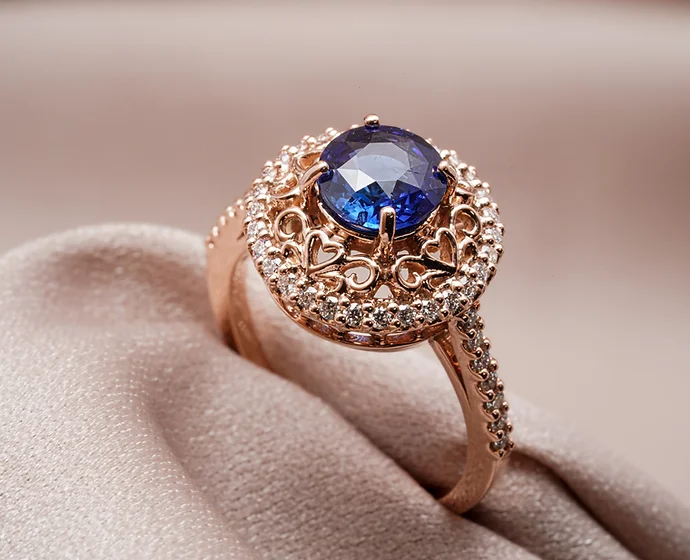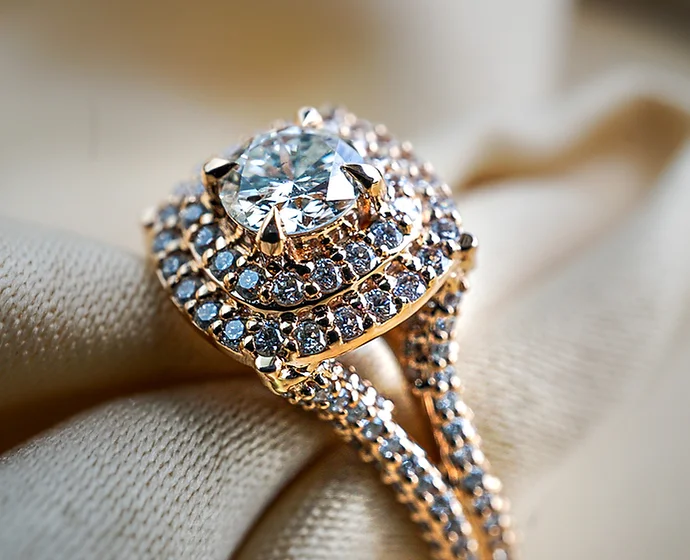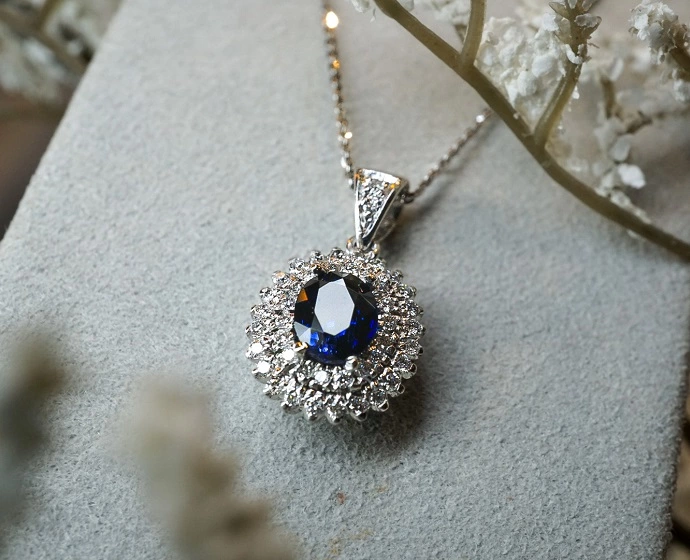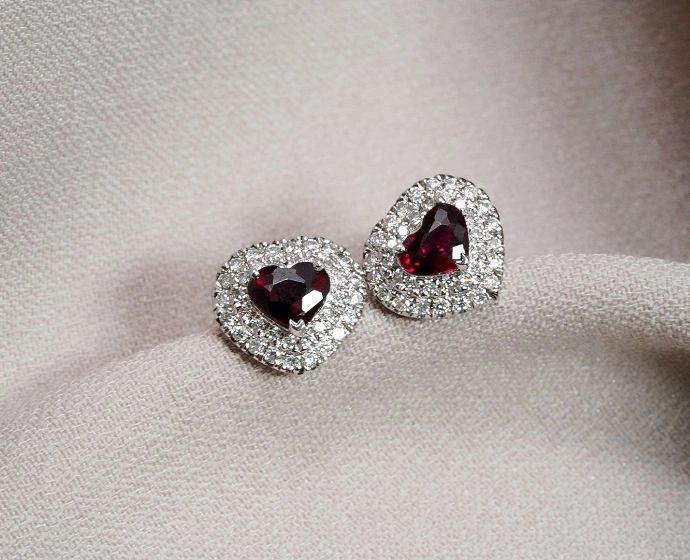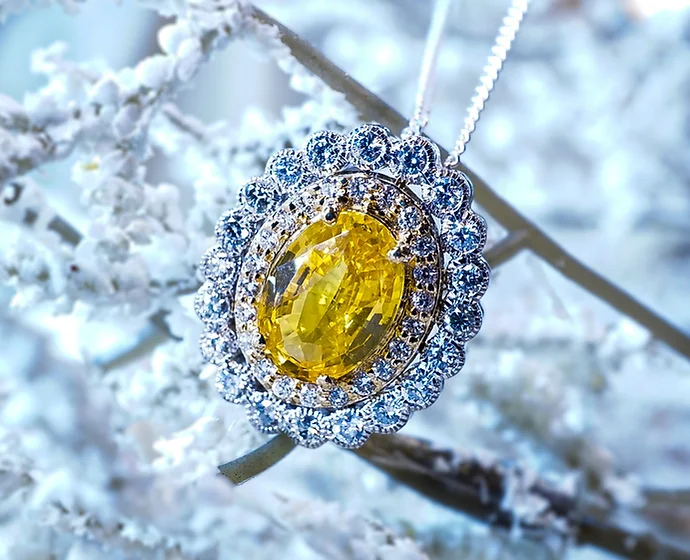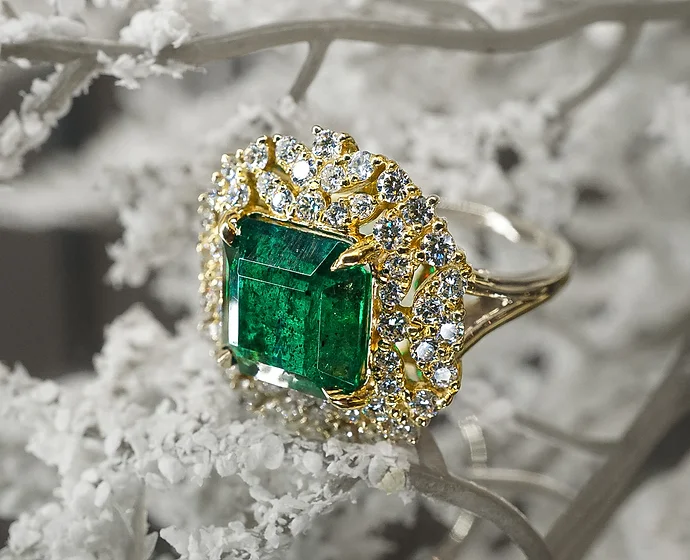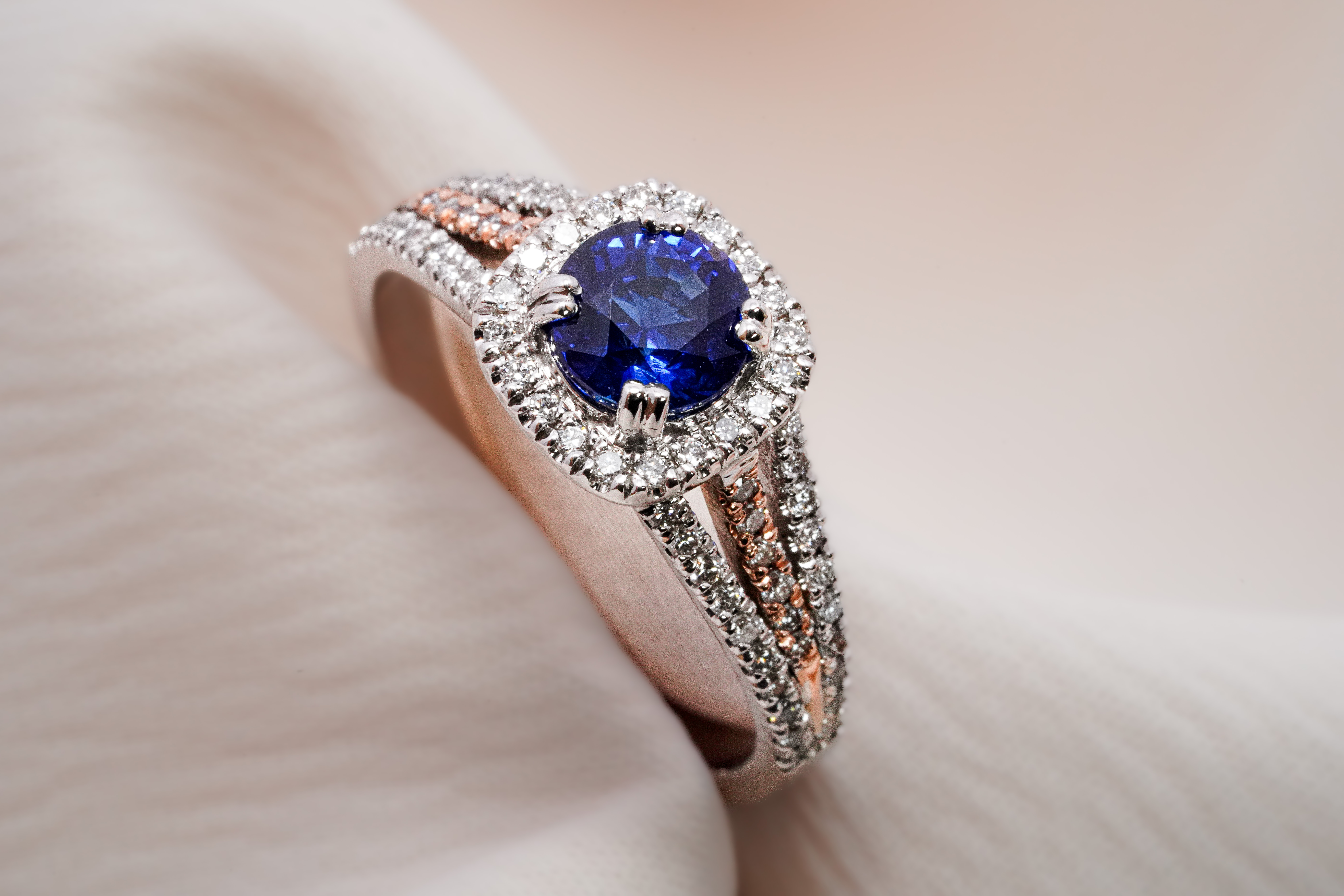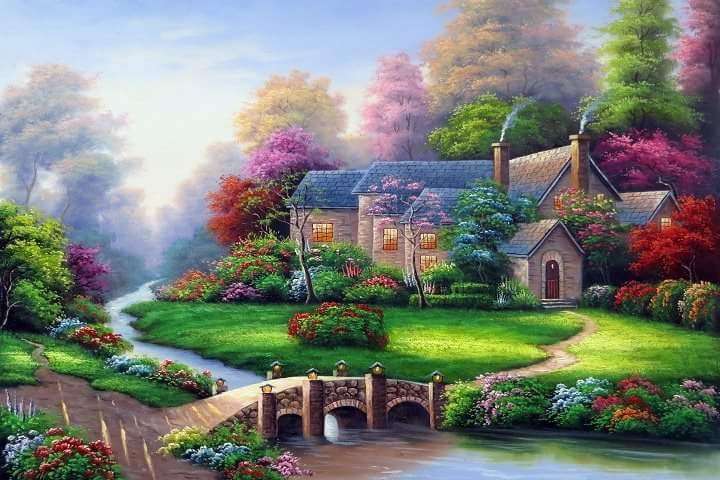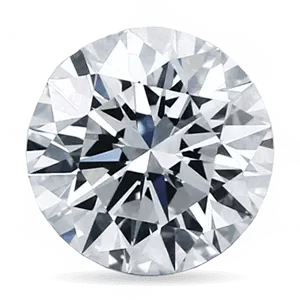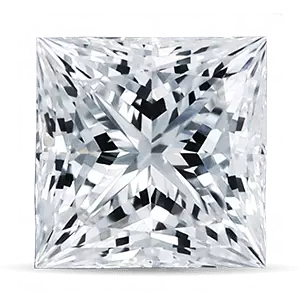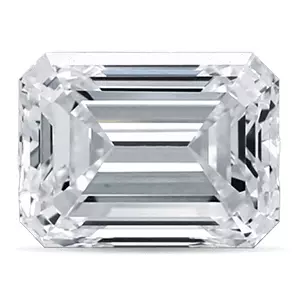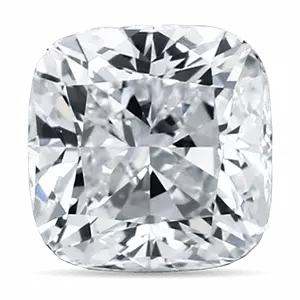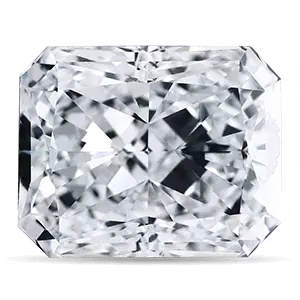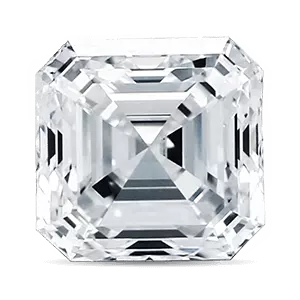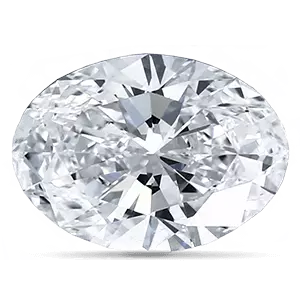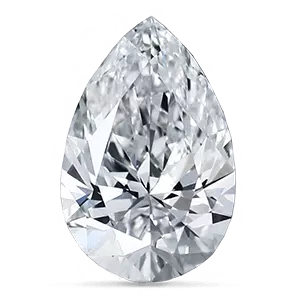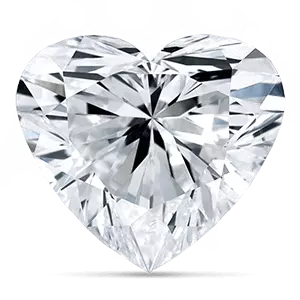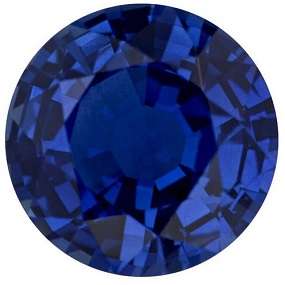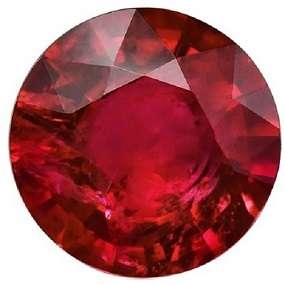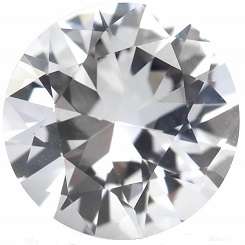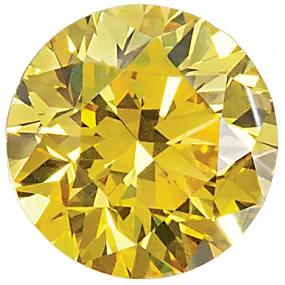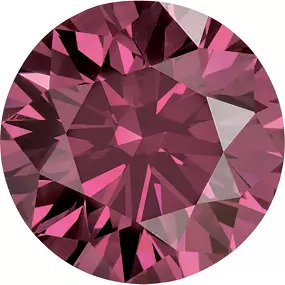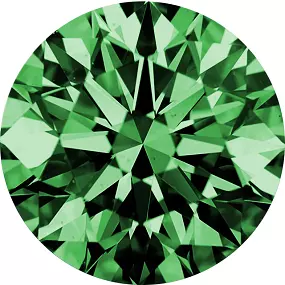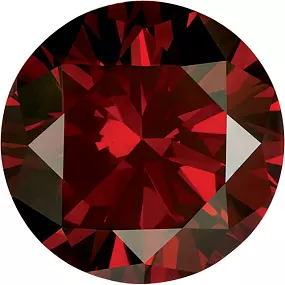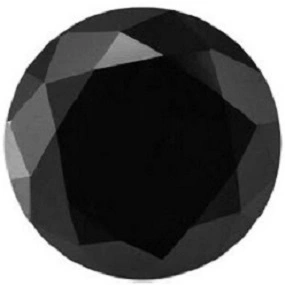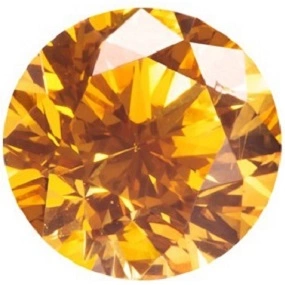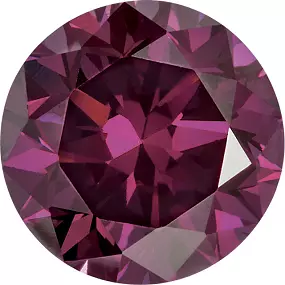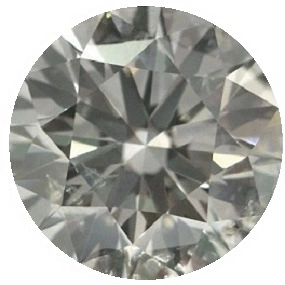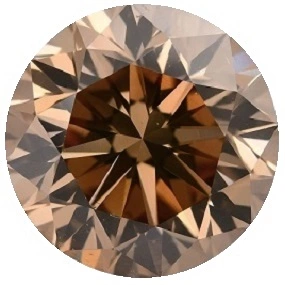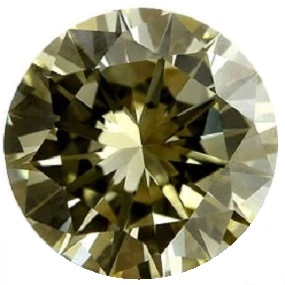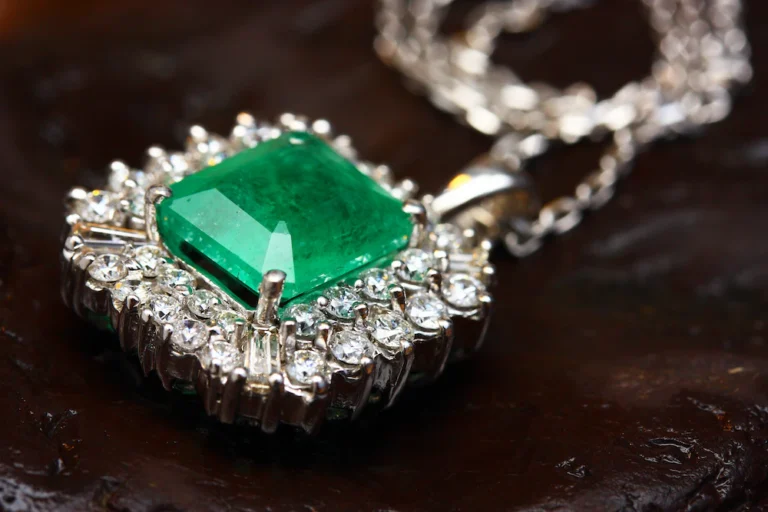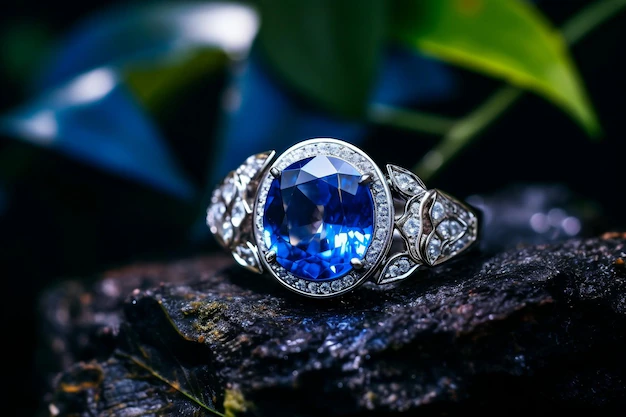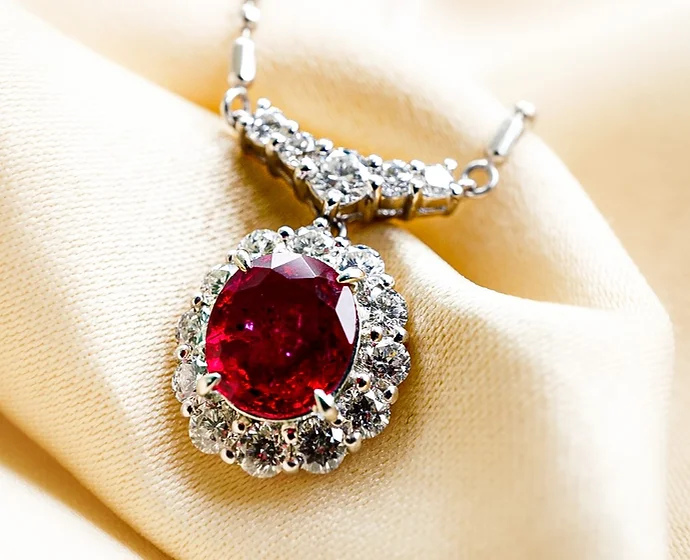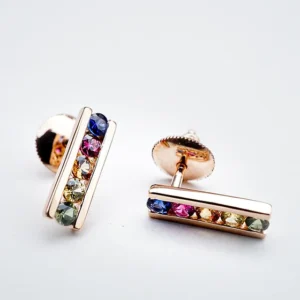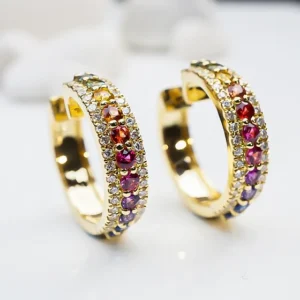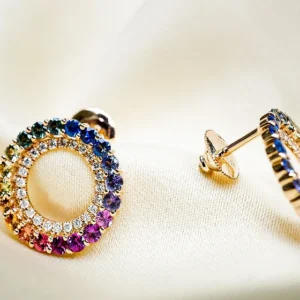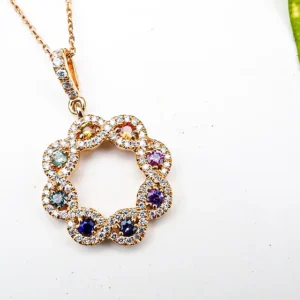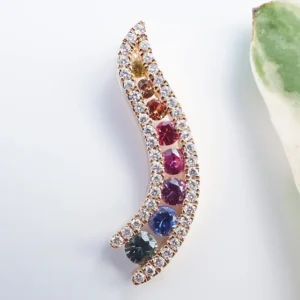All About Sapphire: Unveiling the Beauty and Mystique
Sapphires, the captivating gemstones known for their brilliant colors, have been adored by civilizations throughout history. From the mesmerizing blue sapphire to the fiery padparadscha, each variation tells a unique story of allure and fascination. In this comprehensive guide, we explore the world of sapphires, from their colors and types to their significance in jewelry and beyond.
Table of Contents
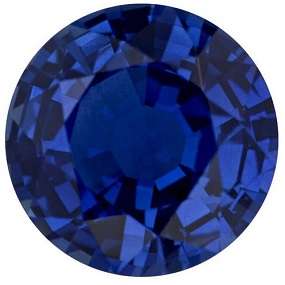
A Blue Sapphire
Introduction
Imagine the rich blue hues of the ocean, the gentle pink shades of a sunrise, and the fiery warmth of a sunset – all encapsulated within the enchanting sapphire. Renowned for its stunning range of colors, sapphires have captivated humanity for ages.
These exquisite gemstones possess an unparalleled ability to mirror the beauty of nature’s most captivating moments. The deep blue sapphire recalls the vastness and depth of the open sea, evoking a sense of mystery and tranquility.
The delicate pink sapphire captures the tender and fleeting hues of dawn, symbolizing new beginnings and hope. Meanwhile, the fiery orange and red undertones of a padparadscha sapphire mirror the captivating warmth of a sunset, igniting passion and energy.
With every color, sapphires not only reflect the visual splendor of our world but also stir emotions, making them more than mere gemstones – they are a kaleidoscope of nature’s wonders captured in the heart of a mineral, waiting to adorn and enchant.
Historical Significance
Throughout history, sapphires have been linked to wisdom, nobility, and protection, forging an enduring connection between these exquisite gemstones and humanity’s deepest values. In the annals of time, sapphires have adorned the crowns of kings and queens, symbolizing regal power and sovereignty.
They were believed to grant their wearers insights and foresight, becoming talismans of wisdom and virtue.
The legacy of the blue sapphire, with its captivating depth, remains steadfast in the modern era. Often associated with loyalty and romance, the blue sapphire continues to evoke emotions of commitment and love, making it an iconic choice for engagement rings and cherished heirlooms.
Just as sapphires have adorned the distinguished figures of history, they persist as tokens of enduring elegance and meaningful connections in the tapestry of contemporary life.
Sapphire Composition and Colors
Sapphires belong to the corundum family, a gemological lineage renowned for its strength and brilliance, and their captivating colors are a result of trace elements interwoven within their crystalline structure. The mesmerizing beauty of sapphires extends across a spectrum of enchanting hues, each carrying its own unique allure.
While the deep blue sapphires stand as the most well-known members of this illustrious family, their colorful companions offer an exquisite tapestry of gemstone variety.
Yellow sapphires, akin to rays of sunlight, exude a warm and joyful radiance, evoking feelings of optimism and vitality.
White sapphires, on the other hand, possess an understated elegance reminiscent of moonlit nights, casting a delicate shimmer that complements any ensemble.
Amid this spectrum of shades, the rare and alluring pink sapphires emerge as treasures of subtle grace, captivating the eye with their delicate blush and evoking sentiments of tenderness and romance. In this array of colors, sapphires showcase the fascinating artistry of nature, inviting us to explore and celebrate the rich palette of emotions they inspire.
Varieties of Sapphires
From the profound allure of the deep blue sapphire stone, which symbolizes depth and wisdom, to the vibrant vivacity of the yellow sapphire stone, embodying prosperity and joy, each distinct variant possesses an enchanting allure all its own. These variations in color imbue sapphires with the ability to convey emotions and meanings, making them much more than mere gemstones.
The sought-after padparadscha sapphire, its name derived from the Sinhalese word for “lotus blossom,” occupies a special place among connoisseurs. Its mesmerizing fusion of pink and orange hues recalls the delicate transitions of dawn and dusk, evoking a sense of harmony and transition.
This exceedingly rare treasure not only captures the beauty of nature’s transitions but also symbolizes the harmonious coexistence of seemingly opposing elements. Each sapphire variant tells a story, capturing the essence of emotions and experiences, inviting us to explore the myriad facets of life’s journey through the kaleidoscope of colors they offer.
Cultural and Spiritual Associations
Sapphires transcend cultures, symbolizing purity and enlightenment. Across spiritual practices, they’re believed to enhance meditation and channel positive energies, becoming not just adornments but tools for inner exploration and serenity. Like light through facets, sapphires illuminate the path to understanding and tranquility.
Factors Influencing Value: The 4 Cs of Sapphires
Carat Weight
Carat weight holds a significant role in the world of sapphire gemstones, influencing both their visual appearance and their value. While carat is commonly associated with size, in sapphires, it’s a delicate balance between size and quality. A larger sapphire may not always be more valuable if its color is pale or its clarity is compromised.
On the other hand, a smaller sapphire with intense color and exceptional clarity can command a higher price. The carat weight also affects the rarity of the gem; larger sapphires are rarer to find compared to their smaller counterparts, further contributing to their value.
As with other gemstones, the carat weight of a sapphire is just one factor to consider – the interplay of color, clarity, and cut ultimately determines the stone’s overall beauty and worth.
Color
Color is the soul of a sapphire, and its varying hues hold the key to its beauty and value. The spectrum of sapphire colors is as diverse as nature itself, ranging from the iconic blue to captivating shades of pink, yellow, green, and beyond.
The intensity and purity of a sapphire’s color greatly influence its allure. In blue sapphires, for instance, a rich and vibrant shade evokes a sense of depth and elegance, while pastel blues exude a more delicate charm.
Pink sapphires, with their tender blush, evoke emotions of romance and warmth, while vivid yellows resonate with joy and vitality. The rarity of certain colors, such as the sought-after padparadscha with its delicate blend of pink and orange, further elevates their value.
A sapphire’s color is not only an aesthetic element but also a window into the emotions it stirs – a testament to the captivating power of nature’s palette.
Clarity
Clarity, a crucial aspect in evaluating sapphires, unveils the inner world of these precious gems. While sapphires are cherished for their captivating colors, their internal characteristics, or inclusions, contribute to their uniqueness. These inclusions, often referred to as the gem’s “birthmarks,” form during the crystallization process.
A sapphire with minimal inclusions displays exceptional transparency, allowing light to dance freely within the stone and enhancing its brilliance. Conversely, inclusions can create distinctive patterns and reflections that add character to the gem. Clarity doesn’t merely denote flawlessness; it reveals a sapphire’s history, reflecting the natural forces that shaped it over millions of years.
From the mesmerizing glow of a flawless stone to the intricate landscapes of inclusions, clarity is a testament to each sapphire’s individual journey through time, making each gem a remarkable work of art.
Cut
The cut of a sapphire is the artisanal touch that transforms a raw gem into a masterpiece, dictating how light interacts with its facets and enhancing its inherent beauty. The precision of the cut, from the arrangement of facets to the proportions, influences the sapphire’s brilliance, fire, and overall visual appeal.
A well-executed cut maximizes the gem’s ability to capture and reflect light, resulting in a scintillating play of colors that dance across its surface. The cut also impacts the gem’s durability, affecting its resistance to wear and potential chipping. An expertly cut sapphire can elevate even a smaller stone, enhancing its presence and magnifying its allure.
From traditional shapes like the brilliant round cut to intricate designs, the cut of a sapphire is a tribute to human skill and the gem’s natural beauty, ensuring that each sapphire becomes a unique and enchanting masterpiece.
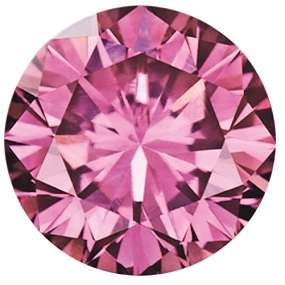
Pink Sapphire
Sapphire Mining and Sources
These remarkable gemstones are unearthed in diverse regions, each infusing distinct characteristics into the stones. The allure of a Kashmir blue sapphire or a Sri Lankan yellow sapphire lies not just in their colors, but in the stories of their origins – tales of rugged landscapes and sun-kissed lands that add mystique to their beauty.
Natural vs. Synthetic Sapphire Gemstones
The ongoing discourse between natural and synthetic sapphires pivots on the delicate balance between scarcity and availability. Synthetic sapphires, created in laboratories, offer a more affordable option, readily accessible to a wider audience.
However, the appeal of possessing a genuine sapphire stone necklace, adorned with its individual imperfections, holds a magnetic pull that synthetic counterparts simply cannot replicate.
The enchanting allure of a naturally formed gemstone, with its unique birthmarks and intricate patterns, is a testament to the raw forces of nature. While both options have their merits, the irreplaceable charm of owning a piece of the Earth’s history, etched into the mesmerizing canvas of a sapphire, is a sentiment cherished by many.
Sapphires in Jewelry
From the iconic blue sapphire engagement ring that symbolizes eternal love to the graceful sapphire earrings that delicately frame the face, sapphires possess an everlasting allure that elevates every piece of jewelry they adorn.
The charm of sapphires transcends trends and eras, adding a touch of timeless elegance to any design. A sapphire necklace, graced with a pendant, transforms into a statement of refined sophistication, drawing the eye with its rich color and captivating radiance.
Whether set in intricate vintage designs or sleek modern settings, sapphires possess the uncanny ability to seamlessly blend with various styles, enhancing the allure of both formal and casual ensembles.
Their versatility and enduring beauty make sapphires a true gem in the world of jewelry, a testament to the gem’s ability to infuse a touch of elegance and grandeur into every piece they grace.
Sapphires in Royal Treasures
Sapphires have been revered by royal families across the globe for centuries, their deep allure mirroring the regal splendor they represent. Among the esteemed figures who have embraced the sapphire’s magnificence, one stands out – the iconic sapphire engagement ring once worn by Princess Diana.
This resplendent piece, with its 12-carat blue sapphire and diamond halo, has gracefully passed into the hands of the Duchess of Cambridge, Kate Middleton.
This seamless transition of the sapphire’s legacy from one generation to the next encapsulates its enduring appeal and timelessness. A symbol of love, elegance, and continuity, this sapphire engagement ring is not just a piece of jewelry; it’s a living testament to the bonds that unite us across time and generations.
Healing Properties of Sapphire Gemstones
Beyond captivating the eye, sapphires are attributed with holistic properties that extend to the realms of healing and well-being. Believed to possess more than mere aesthetic value, these gemstones are thought to harbor energies that can positively impact the human spirit.
Sapphires are revered for their potential to foster mental clarity, aiding in navigating the complexities of thought and decision-making. Additionally, they are said to act as protective shields against negative energies, helping to create a sense of harmony and balance in one’s surroundings.
Furthermore, sapphires are considered to be catalysts for spiritual growth, guiding individuals along paths of self-discovery and enlightenment. Whether worn as a pendant close to the heart or set in a ring that graces the hand, sapphires hold the promise of not only enhancing our outer beauty but also nurturing our inner well-being.
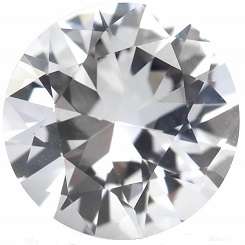
A Brilliant White Sapphire
Caring for Your Precious Sapphires
Preserving the timeless allure of your sapphire jewelry demands a conscientious approach to care. Essential to safeguarding their enduring beauty is adopting proper maintenance practices. Gently attending to your cherished blue sapphire ring or delicate yellow sapphire earrings with a soft cloth will help retain their lustrous sheen.
Caution must be exercised to shield these exquisite gemstones from harsh chemicals that could compromise their brilliance. By taking these simple yet significant steps, you not only ensure the lasting splendor of your sapphire pieces but also affirm your commitment to preserving the legacy and allure of these precious gemstones for generations to come.
Investing in the Eternal Charm
Sapphires have stood the test of time as both beloved heirlooms and astute investments, retaining their allure and value across generations. Their enduring popularity and timeless charm make them not only cherished personal treasures but also strategic financial assets. This is particularly evident in the investment-worthy status of sapphires, underpinned by their consistent value retention.
The scarcity of padparadscha sapphires, with their captivating blend of pink and orange, elevates their rarity and desirability in the market. Furthermore, the lasting fascination with blue sapphire rings for women, celebrated for their sophistication and elegance, further solidifies sapphires’ position as gems that continue to appreciate over time.
With a rich history, a spectrum of colors, and a legacy of desirability, sapphires shine not just as exquisite adornments but also as valuable assets that stand as a testament to both the beauty of nature and the shrewdness of investment.
Emerging Trends in Sapphire Jewelry
In the realm of contemporary jewelry design, sapphires are undergoing a creative renaissance, inspiring designers to explore imaginative avenues that push the boundaries of tradition. With a spirit of innovation, designers are embarking on an exciting journey to redefine how we perceive and wear sapphires.
Unconventional settings, such as asymmetrical arrangements and minimalist designs, breathe new life into sapphire jewelry, infusing it with a modern and edgy allure. Equally compelling is the art of pairing sapphires with an eclectic array of gemstones, crafting pieces that tell unique stories of color and contrast.
These innovative approaches not only highlight the versatility of sapphires but also underscore their role as instruments of artistic expression. Just as the spectrum of sapphire colors is limitless, so too are the possibilities for the ingenious designs that they inspire, redefining the landscape of sapphire jewelry in captivating and unexpected ways.
Sapphires in Pop Culture
Sapphires have left an indelible mark on pop culture, gracing literature and film with their allure. Their mention evokes luxury and mystique, seen in their iconic roles in famous novels and movies, making them symbols of aspiration and fascination that transcend time and generations.
Sustainability and Ethical Sourcing
In a world valuing ethics, the sapphire industry is evolving. From responsible mining practices to traceable sourcing, ethical considerations are crucial to preserve sapphires’ allure without harming the environment or communities.
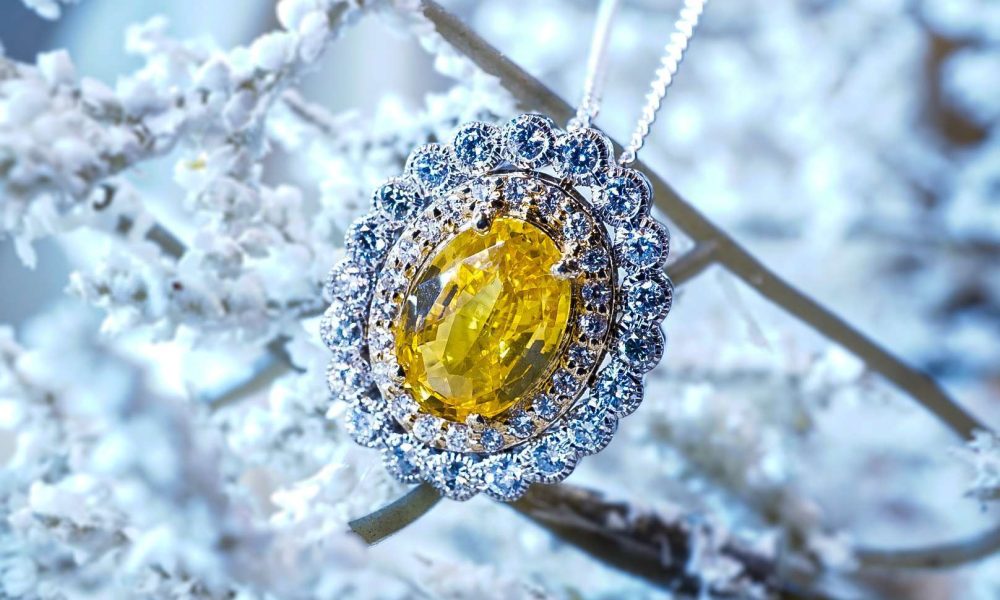
A Yellow Sapphire Diamond Pendant
Final Thoughts
Sapphires, with their captivating spectrum of colors and enduring charm, possess an unending ability to captivate hearts and ignite creativity.
Whether you’re in pursuit of a breathtaking blue sapphire necklace that mirrors the depths of the ocean or pondering the investment potential inherent in sapphire rings, these gemstones stand as both a tribute to nature’s artistic prowess and a reflection of human desires.
Their allure, deeply rooted in history and tradition, mingles with the contemporary, making them a source of inspiration for artists, designers, and dreamers alike. In the realm of gems, sapphires serve as a reminder that beauty transcends time and trends, holding the power to inspire and enrich lives with their profound and lasting elegance.
FAQs About Sapphires
The price of sapphires varies widely based on factors like color, clarity, size, and origin. Blue sapphire price, yellow sapphire price, and white sapphire price can differ significantly.
Yes, men's sapphire rings are gaining popularity for their elegance and uniqueness. Sapphires are no longer limited to women's jewelry.
A padparadscha sapphire is a rare variety with a captivating blend of pink and orange hues, resembling the colors of a lotus flower.
Absolutely! Many jewelers offer customization options for sapphire jewelry, allowing you to create a unique piece that resonates with your style.
No, sapphires come in a range of colors, including the popular blue sapphire, as well as pink, yellow, and even colorless variations.
A sapphire gemstone is a prized mineral appreciated for its beauty and durability. Belonging to the corundum family, sapphires come in various colors, with blue being the most famous. They are commonly used in jewelry and hold cultural and historical significance.
The price of a sapphire stone is influenced by factors like its color, clarity, size, origin, and quality. Blue sapphires with intense shades may command higher prices. Rarity, cut, and any enhancements also impact the sapphire stone price. Consulting experts helps get accurate estimates based on preferences and characteristics.
Yes, sapphires are among the hardest gemstones, second only to diamonds on the Mohs scale. Their exceptional hardness makes them suitable for daily wear in jewelry pieces such as rings, necklaces, and earrings, ensuring that their beauty remains intact over time.
Differentiating between natural and synthetic sapphires can sometimes be challenging, but there are a few key indicators to look for. Natural sapphires often have unique inclusions and imperfections, whereas synthetic ones may appear flawless. Additionally, a gemological examination by a professional can provide definitive answers regarding a sapphire's origin.
Absolutely! Sapphires offer a wide array of colors, allowing for a unique and meaningful choice for an engagement ring. Pink, yellow, and even padparadscha sapphires can make stunning and unconventional engagement ring options, symbolizing love and commitment in a distinct way.

